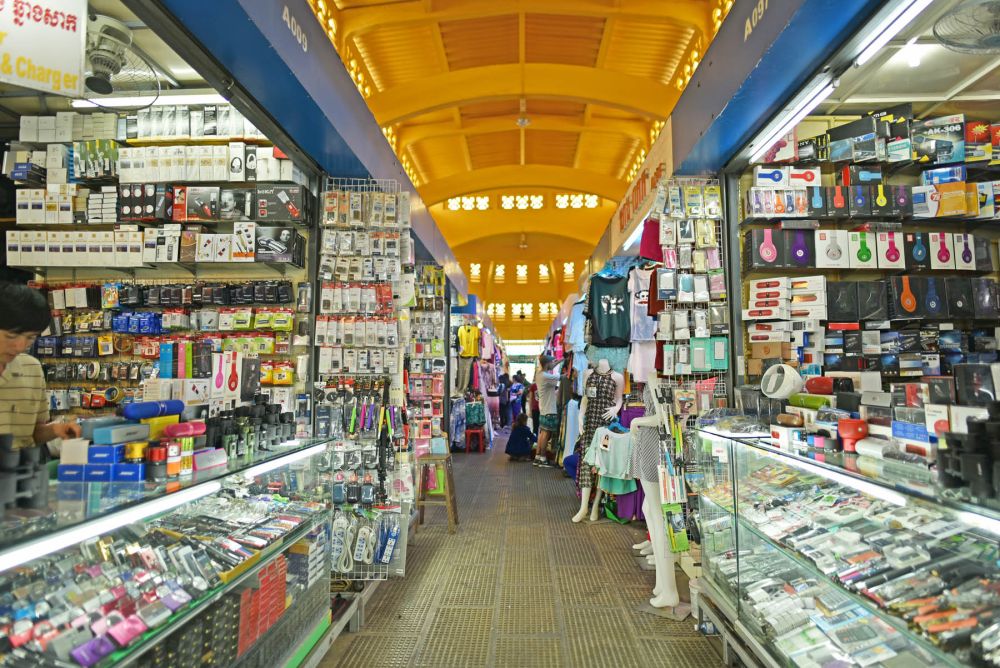

Located at the heart of the bustling city of Phnom Penh, the Central Market, also known as Phsar Thmey, is one of the most iconic landmarks in Cambodia, offering visitors a glimpse into the rich culture and history of the region. The market has been a central piece of the city's commerce and a significant attraction for both locals and tourists since its inception.
The Central Market was constructed in 1937, during the French colonial period, featuring a remarkable Art Deco style. The original structure was designed by French architect Louis Chauchon and engineering firm Daydé & Pillé. Its distinctive dome, which stands at 26 meters above the ground, was once the largest in Southeast Asia, making the market not only a commercial center but also an architectural marvel.
Throughout the years, the Central Market has undergone several renovations to maintain its structure and aesthetic appeal. One of the most significant refurbishments took place in 2011, funded by the French Development Agency, which restored the market to its former glory.
Phsar Thmey is renowned for its wide array of goods, ranging from traditional Cambodian handicrafts, textiles, and jewelry to everyday items. Its four wings, emanating from the central dome, are filled with numerous stalls selling gold and silver ornaments, watches, clothing, and souvenirs, making it a perfect place for visitors seeking to experience the local commerce and craftsmanship.
The allure of Central Market has significantly contributed to the growth of the tourism industry in Phnom Penh. Tourism has become one of the key economic drivers of Cambodia, and places like Phsar Thmey are often listed as must-visit destinations for travelers who wish to experience the vibrant culture and history of the country.
In recent years, tourism trends have shifted towards more sustainable and responsible travel practices. Tourists are increasingly interested in authentic experiences that allow them to connect with local cultures and contribute to the preservation of heritage sites. This has been reflected in the initiatives around Phsar Thmey, where efforts are made to ensure that the market retains its cultural significance amidst the evolving tourism landscape.
Another trend impacting Phsar Thmey and tourism in general is the rise of digital and social media influence. Travelers often share their visits to iconic places like the Central Market on social media platforms, enhancing its popularity and reach. This digital word-of-mouth has become a potent tool in promoting tourism destinations.
Moreover, with the growing focus on urban tourism, Phsar Thmey acts as a focal point where modernity meets tradition, offering a unique urban adventure for visitors. Shopping in this historical market is now more than just a transaction; it's an immersive cultural experience that embodies the spirit of Phnom Penh.
In conclusion, Phsar Thmey's continued popularity and the government's commitment to its upkeep demonstrate Cambodia's dedication to embracing tourism as a pillar for the nation's economic growth and cultural promotion.